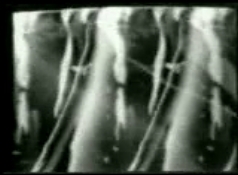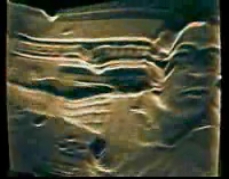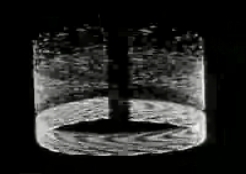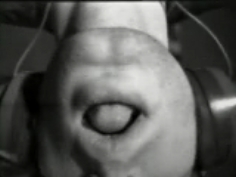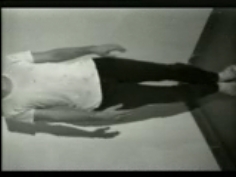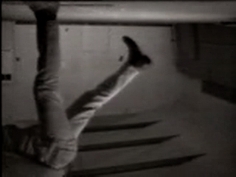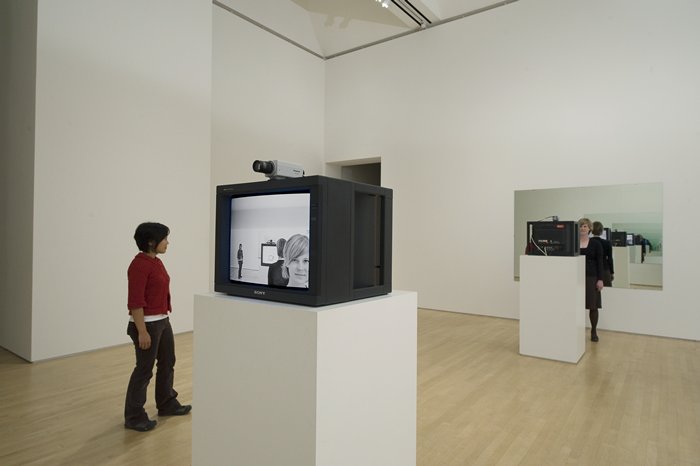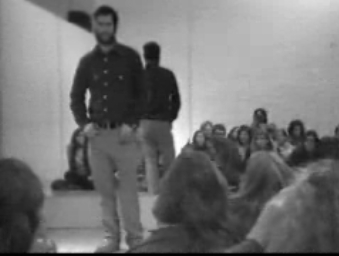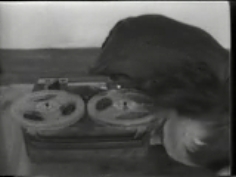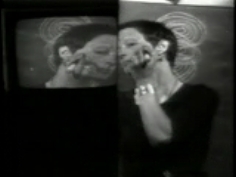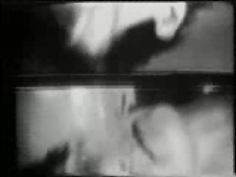Early Video Artworks
The Portapak would seem to have been
invented specifically for use by artists. Just when pure
formalism had run its course; just when it became politically
embarrassing to make objects, but ludicrous to make nothing;
just when many artists were doing performance works but had
nowhere to perform, or felt the need to keep a record of their
performances; just when it began to seem silly to ask the same
old Berkleean question, 'If you build a sculpture in the desert
where no one can see it, does it exist?'; just when it became
clear that TV communicates more information to more people than
large walls do; just when we understood that in order to define
space it is necessary to encompass time; just when many
established ideas in other disciplines were being questioned
and new models were proposed - just then the Portapak became
available. Hermine, Freed (1976)
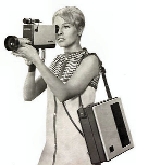
Sources & further reading:

Steina and Woody Vasulka
Steina was born in Reykjavik, Iceland in
1940
Born in Brno, Czechoslovakia in 1937


TELC 1974
No. 25 1976
Calligrams 1970
Bruce Nauman
American (Fort Wayne, Indiana,1941)
"I wanted the tension of waiting for
something to happen, and then you should just get drawn into
the rhythm of the thing. There's a passage in Beckett's Molloy
about transferring stones from one place to another, in
the pockets of an overcoat, without getting them mixed up. It's
elaborate without any point."
—Bruce Nauman

Lip Sync 1969
Revolving Upside Down 1968
Bouncing in the Corner #1 1968
Dan Graham
American (Urbana, llinois, 1942)
In Performer/Audience/Mirror, Graham uses
video to document an investigation into perception and real
time informational "feedback." The performance is
doubly reflected back to the audience by the artist's
lecturing, and the architectural device of a mirrored wall.
Graham has written extensively on how video, which can deliver
information in real time, functions semiotically as a mirror.
Using the mirror at the back of the stage as a monitor, Graham
voices his unrehearsed observations, activating the various
feedback cycles taking place within himself as performer,
between the performer and audience, and among audience members.
Issues of duration and attention are critical for both
performer and audience.
"Through the use of the mirror, the
audience is able to instantaneously perceive itself as a public
mass (as a unity), offsetting its definition by the
performer(Ôs discourse). The audience sees itself
reflected by the mirror instantly, while the performer's
comments are slightly delayed. First, a person in the audience
sees himself "objectively" ("subjectively")
perceived by himself, next he hears himself described
"objectively" ("subjectively") in terms of
the performer's perception."
—Dan Graham (Zippay, 1991)

Opposing Mirrors and Video Monitors on Time
Delay
1974/1993
video installation | two mirrors, two
cameras, two monitors, time delay
Performer/Audience/Mirror
1975
Vito Acconci
Acconci listens to his own recorded
monologue of sexually intimate secrets and repeatedly tries to
obscure these secrets by shouting over the tape, demonstrating
the paradoxical situation of the artist confounded by two
desires: to reveal oneself for the sake of pleasing the
audience, and the conflicting desire to protect one's own ego.
As viewers, we are intrigued and tantalized by the confession
we never hear. In this way, Acconci characteristically
implicates the viewer in his performance; the viewer awaits and
encourages the artist's sacrifice, reveling in the promise of
his self-exposure.

Revolving Upside Down 1968
Joan Jonas
"In Left Side Right Side, Jonas
explores the ambiguities caused by her attempt to identify
correctly the spatial orientation of images simultaneously
played back by a monitor and reflected in a mirror. This is
confusing because, contrary to what one might expect, the
monitor image gives back a Ôtrue' reading of the space
while the mirror reverses it. É Throughout the course of
the tape, the image switches back and forth between the double
image of monitor and mirror to the simple Ôreal' image of
Jonas's face."
—David Ross, "Joan Jonas's
Videotapes" in Joan Jonas: Scripts and Descriptions,
1968-1982, ed. Douglas Crimp (Berkeley: University of
California Press, 1983)
In this well-known early tape, Jonas
manipulates the grammar of the camera to create the sense of a
grossly disturbed physical space. The space functions as a
metaphor for the unstable identity of the costumed and masked
female figure roaming the screen, negotiating the rolling
barrier of the screen's bottom edge.
"[Making] use of a jarring rhythmic
technique to develop a sense of fragmentation, Vertical Roll
uses a common television set malfunction of the same name to
establish a constantly shifting stage for the actions that
relate both to the nature of the image and to the artist's
projected psychological state."
—David Ross, "Joan Jonas's
Videotapes" in Joan Jonas: Scripts and Descriptions,
1968-1982, ed. Douglas Crimp (Berkeley: University of
California Press, 1983)

Left Side Right Side 1972
Vertical Roll 1972

